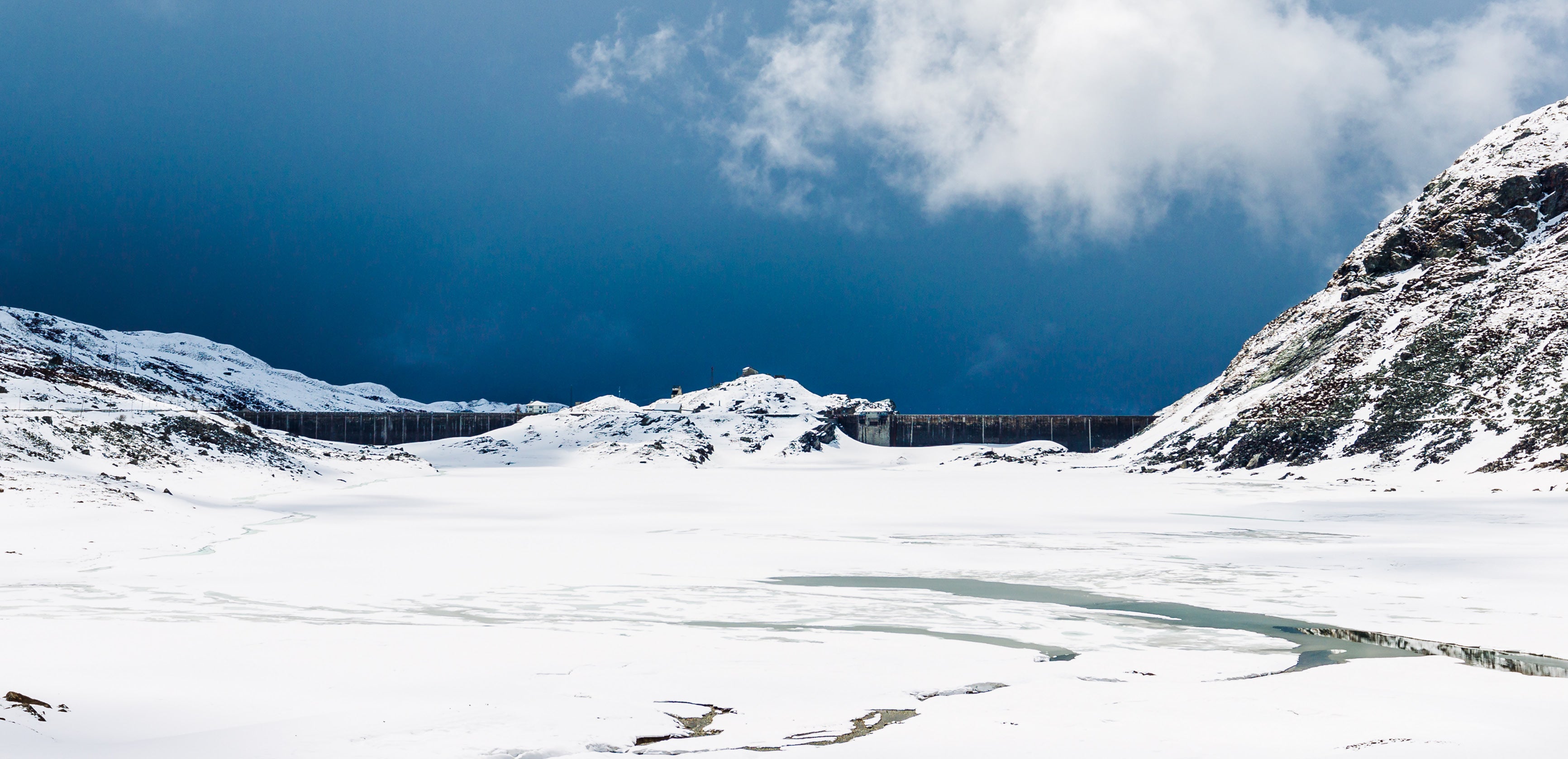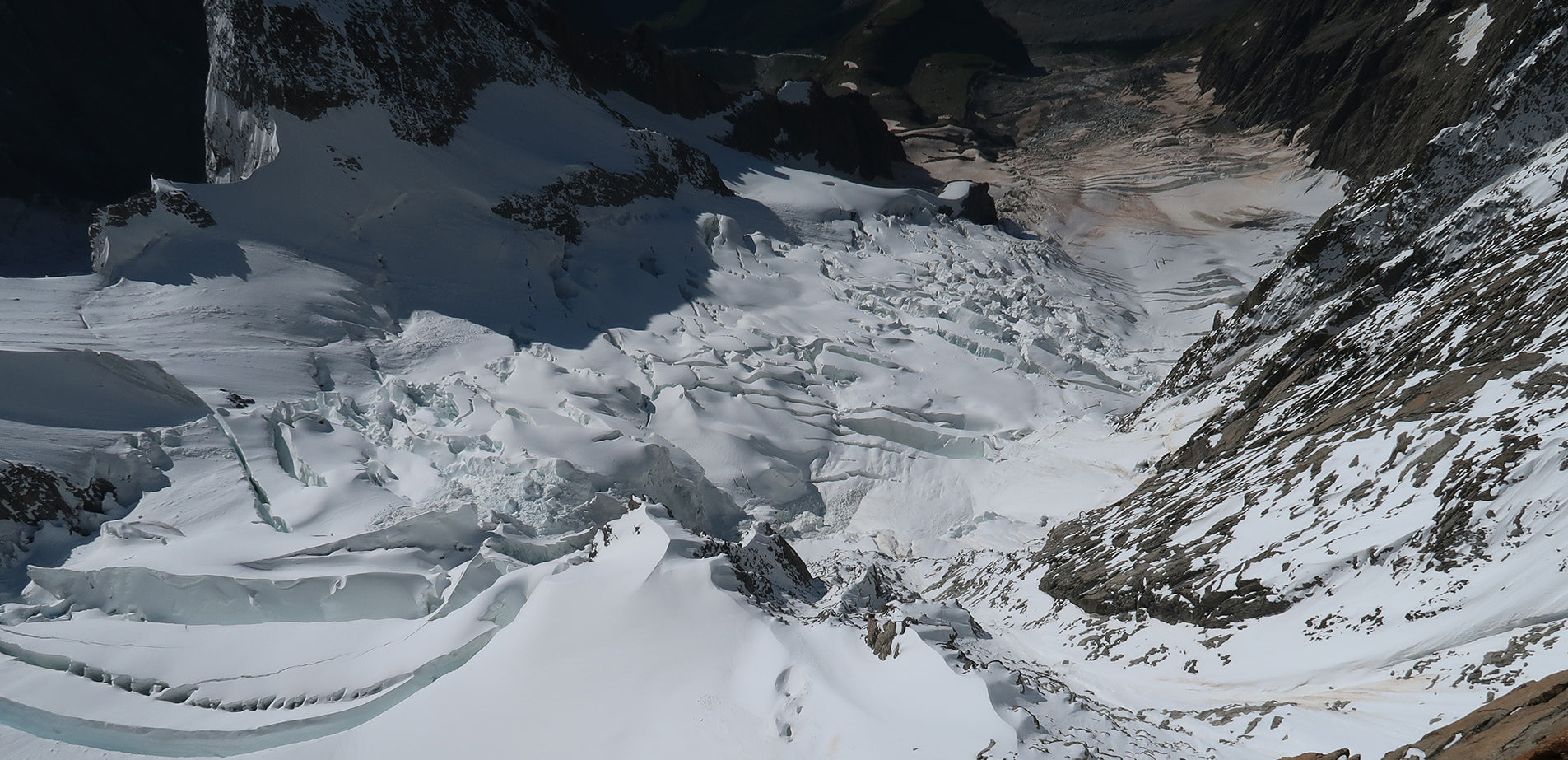
Climate change, melting glaciers and hydropower by Prof. Marco Grasso
Published on 28/01/2022
The temperature on Earth has been climbing steadily for the past two centuries, but since the post-war boom in both consumption and population it has rocketed. This increase in energy in the atmosphere is provoking a surge in extreme weather events, in terms of both frequency and intensity. As the climate related disasters of the summer of 2021 – virtually impossible without climate change – testify, no place is safe anymore: humanity is living a global climate emergency, whose probability to further worsen has increased. Over three billion people could live in ‘near unlivable’ heat by 2070 and the tropics, home to 40% of global population, will become ‘uninhabitable’ by 2050 if carbon emissions do not decrease dramatically in a short span of time. Unfortunately, the current pattern of decarbonisation of global socio-economic systems is all but adequate: coal is resurgent and the ongoing economic recovery in several countries, particularly in Asia, is being powered mostly by it.

To prevent the most disastrous impacts of the climate crisis, the Paris Climate Agreement set an aspirational target to pursue efforts to limit global temperatures to 1.5 °C above pre-industrial levels. How close we can get to this target – and avoid plunging humanity into possibly irreversible catastrophe – depends very much on our ability and willingness to create socio-economic models that diverge from the current fossil-fuel reliant one.
Given the urgency to tackle the climate crisis testified unequivocally by the last (2021) IPCC report, fossil fuels and their infrastructure must be phased out in a short time span. This calls for ground-breaking, ambitious, yet fair, initiatives able to profoundly re-shape our societies swiftly, starting from our energy systems.
The rationale for the choice of energy systems as the first system to be transformed depends on the impact of their decarbonisation on the achievement of a low carbon future and the relatively short operational lag that it requires; in other words, energy systems are high-leverage systems, i.e., they have the capacity to rapidly trigger a low carbon future from relatively limited technological and economic inputs. To radically modify our current energy systems a much greater reliance on renewable sources is critical. Among renewables, the energy generated through hydroelectric power – which relies on the water cycle driven by the sun – is very important for a number of reasons. First and foremost, it doesn’t pollute the air, nor it releases greenhouse gases which concur to heating the planet.

Hydropower is a local source of energy which ensures a certain degree of energy independence to local communities. Additionally, hydropower impoundments often create reservoirs that offer recreational opportunities such as fishing, boating, and hiking and more generally grants benefits beyond electricity generation thanks to the provision of flood control, irrigation support, and clean drinking water. This very nature of hydropower makes it a flexible and affordable source of energy that can provide essential backup power during electricity outages or disruptions: reservoirs are filled with water, which is then typically released for electricity generation during shortfalls from other sources; when there is an oversupply of power, water is pumped and stored back upstream in reservoirs. This cyclical system works well at regulating electricity generation since it is able to compensate fluctuations in other renewable sources like sun and wind.

Hydropower was, and still is, mostly a mountain affair. In Italy, for instance, where hydroelectric production accounts for more than 13% of national power production, the majority of plants and of installed power are located in the Alps. At the end of 2018, Piedmont had 930 plants, more than one fifth of the national total, generating 14.6% of the national hydropower production. Lombardy followed suit with 661 plants, which however contributed the most to Italian hydropower: 27.2%. The autonomous provinces of Trento and Bolzano, with 268 and 543 plants respectively, together accounted instead for 19.3% of Italian hydroelectricity. Then Veneto (392 plants and 6.2% of power), Valle d'Aosta (173 and 5.2%) and Friuli Venezia Giulia (233 and 2.8%). All these plants, as said, are located in mountainous areas of these territories.
But there’s the rub: the same climate crisis that on the one hand would require a larger reliance on hydropower, on the other hand affects the alpine region severely, since the Alps experienced a temperature increase of roughly 2 °C, compared to an average of 1.1 °C in the northern hemisphere. In fact, warmer temperatures can prompt the sudden release of meltwater from glacial lakes and the collapse of entire glaciers; more landslides are expected when glaciers thin and recede and cannot any longer provide support to adjacent valley slopes; permafrost thawing removes the icy ‘cement’ that binds tighter rocks and sediment.
So, it seems safe to be very careful about hydropower plants in mountain regions. Fortunately, science has developed several effective tools, largely based on satellite imagery, to monitor the stability of mountain territories and to spot warning signs of events potentially disruptive for hydropower production and, indeed, for the populations living nearby. At the same time the retreat of alpine glaciers can provide opportunities for building new dams and reservoirs in mountain terrain, increasing the capacity for hydropower production and storage in the Alps.

Hydroelectric plants mostly get water from rainfall and snowmelt. In the last few decades the climate change-induced melting of the glaciers has been providing water for electricity generation too by filling alpine reservoirs: in Switzerland, the second largest user of hydropower in Europe, the fraction of hydroelectric energy produced in this way amounts to 4% of the country’s total.
Unfortunately, in the alpine region the glaciers will have melted so much by 2040 – despite the efforts of human ingenuity – they will no longer be able to provide the amount of water required for this kind of hydroelectric energy production.

Despairing as it is and obnoxious for countless reasons, the melting of glaciers should not necessarily be an issue for hydroelectricity production though: the consequent decrease in the amount of water flowing into reservoirs may, in fact, be offset by an increase in precipitation due to climate change. It can even create new opportunities in the Alpine region for operators of hydroelectric plants and for the development of renewable energy sources in general. As glaciers melt, new areas are freed up that may be ideal for locating new dams and reservoirs. These new facilities are expected to increase hydro-electric production during the winter and can actually contribute to diminish the risk of floods and landslides, all the while functioning as water reserves during drought and providing irrigation for agriculture.
In this regard, a recent study found that at the global level the 185,000 current glacierized sites can provide a very large reservoir storage volume and hydropower potential. The study calculated for these sites a maximum theoretical storage potential of 875 cubic kilometers (km3) and a maximum theoretical hydropower potential of 1350 terawatt hours (TWh) per year, which corresponds to about one third of current hydropower production worldwide. The study further identified roughly 40 percent of this enormous theoretical potential – 355 km3 and 533 TWh per year, or 13 percent of worldwide hydropower production – as ‘potentially’ usable. Assuming the outcomes of state-of-the-art climate predictions, about three-quarters of this storage potential could become ice-free by 2050. The study concluded by arguing that deglaciating basins could make important contributions to national energy supplies in several countries, particularly in High Mountain Asia.

“Can [...] the leopard [change] his spots? Then may ye also do good, that are accustomed to do evil.” This passage from the King James Bible contradicts the idiom which has fallen into popular use, that an ‘evil’ entrenched nature cannot be modified to ‘do good’. Coming to climate change, melting glaciers, and hydropower the point becomes: can even the evil entrenched nature of the climate crisis be turned into some good? Maybe yes, scientists argue; albeit we don’t like this evil in any of its parts, some of its outcomes may do some good. Hopefully.

Marco Grasso is Professor of Economic and Political Geography at the Università of Milan-Bicocca. His research interests include international environmental policy and climate change governance. He currently works on a project on the role of the fossil fuel industry in climate change and the decarbonisation of energy systems.


